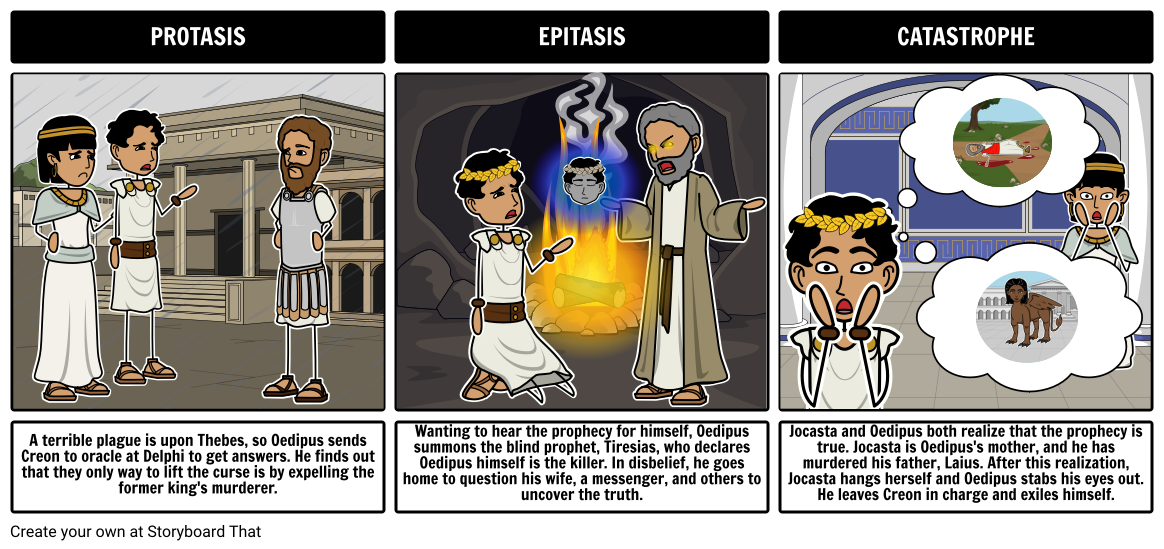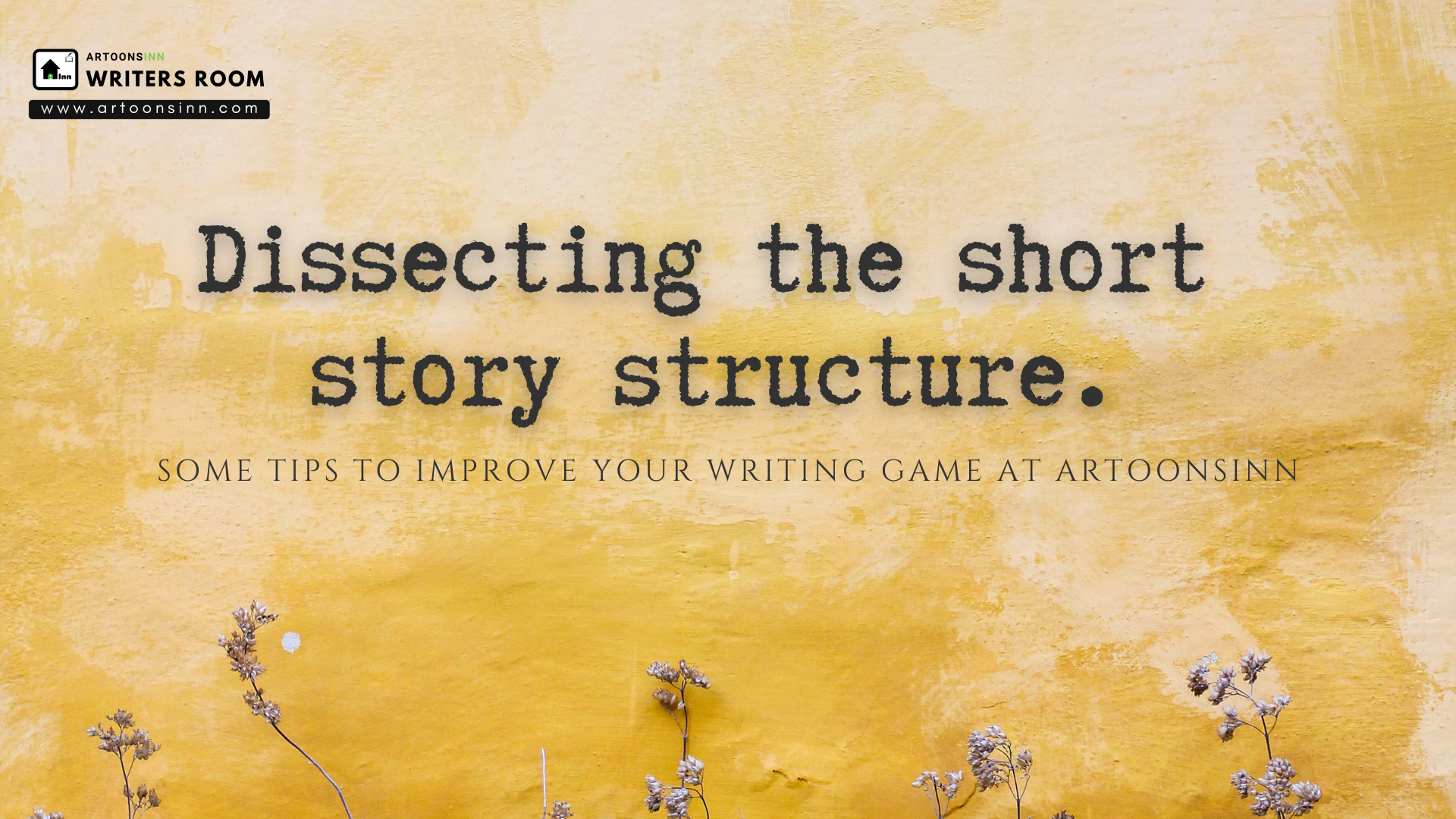Being a newbie writer is like being a toddler learning to walk. You’re wobbling around, trying to find your balance, and every step feels like a major accomplishment. Sometimes you fall down and scrape your knees (or your ego), but you get back up and keep going. And just like a toddler, you’re full of enthusiasm and boundless energy – until nap time hits and you collapse from mental exhaustion.
But hey, at least you’re making progress, even if it’s at a slow and steady pace!
It’s almost a guarantee that a toddler would walk in two years if not one. Babies usually start walking sometime between about 10 and 18 months old. Before walking, babies will usually have been crawling (between 7 and 12 months) and pulling themselves up to stand (usually between ages 9 and 12 months).
Most newbie writers (myself included) fail at the crawling step. Just to continue the ill phrased analogy, writing short stories is akin to crawling before you actually get up and start walking (Pro writing). After hosting 50+ events and reading 1000+ short stories at ArtoonsInn, this article is an attempt dissect the short story structure and answer few questions.
***
What makes short story writing difficult compared to novel/novella writing?
In a conversation with The Paris Review, Stephen King stated, “I like to use people’s reactions to events to characterize them. But in a short story, you can’t really do that.”

The is coming from the most prolific writer of our era. While short stories take short time to write, they are a pain in the ***. Short stories’ length and format restrictions can make them far more challenging to write than novels. Because there isn’t enough room to properly develop these characters in a short narrative, a writer must depend on inference and suggestion to portray their motives and personalities. This can require a high degree of skill and precision in the writing.
The condensed nature of short tales necessitates linguistic economy and the ability to tell a whole story in fewer words. There is therefore little opportunity for tangents or unnecessary information, and each word, phrase, and paragraph must be significant. For writers accustomed to the larger scope of a novel/novella, this can be difficult.
It requires readers to be able to infer a lot from context and subtext, which may be challenging to do well. But writing short tales can also be immensely gratifying since it pushes writers to be thoughtful and precise in their narratives, which might result in strong and moving literature.
What to do?
If you like reading novels and hence decide to start writing short stories, that may set you up for failure. Most writers fall in this category. I mean, you cannot be used to making cakes and create a cupcake with same recipe right?
Make a habit to read as many short stories as you can, Check this out for some recommendations:
https://www.theguardian.com/culture/2014/oct/17/the-10-best-short-story-collections)
You need not go that far. At ArtoonsInn, we have a library of 1500+ stories. Go through the works of some writers you admire at the Inn; you will get some insights. Also, with Writers loop, we expect ~30 stories per month, that’s a story every day. So, I am sure you won’t be disappointed at the quality AND quantity in coming days.
Use the Snowflake Method. Developed by Dr. Randy Ingermanson, this technique has become the go-to for planning a story. And it’s no wonder – Ingermanson’s background in software development shines through in his approach.
After all, programmers know that you can’t just wing it when it comes to large projects. I mean, can you imagine spending a year creating an image sharing app, only to find out it won’t connect to the cloud database? That’s one major “plot hole” you want to avoid. By outlining and planning in advance, you can minimize surprises and make sure your story is both interesting and enjoyable.

Now, there are different ways to approach story planning. Some writers prefer to spend months crafting detailed outlines and character profiles. But if you’re a bit more spontaneous (or let’s be real, lazy), you might like the snowflake method. I use this whenever a prompt interests me. I give myself three days for a story.
- Day one is for brainstorming – I write down all the one-liner sentences (story ideas) that come to mind for a given prompt.
- On day two, I pick the top three and expand them into paragraphs. Nothing fancy, just around 100 words each.
- And on the third day, I go back over those paragraphs like a maniac, picking the best one and expanding each line into a paragraph or two. And voila – a first draft is ready.
It’s not for everyone, but it works for me. And who knows, it might work for you too.
***
What makes a good short story?
The structure of a short story bears resemblance to that of a full-length novel in that readers expect a well-crafted rise and fall. The fundamental story structure is known as the ‘narrative structure’ and refers to the order in which a narrative’s elements are presented to the reader or audience.
For a short story to succeed, the plot and narrative must be sound. While elements such as characterization, dialogues, and technicality are crucial, they can take a backseat early in a writer’s journey as these skills are honed over time.
A good plot may or may not have a blueprint, but following the three-act structure that writers have employed throughout history is an excellent starting point. Doing so increases the likelihood of capturing and retaining the reader’s attention.
The three act structure consists of (surprise surprise!) three acts:
Act One, The Setup
Act Two, The Confrontation
Act Three, The Resolution (not to be confused with the solution to the conflict of Act Two).
Each act must contain specific elements that fulfil the reader’s plot expectations. While it’s difficult to cover each act in detail in a short story, there are ways to ensure its success.
- Most good short stories begin near the end of Act One, diving the reader directly into the heart of the action or conflict.
- Breaking up the setup into smaller chunks of one or two-liner expositions and scattering them throughout the story can be helpful.
- Finally, painting a picture of the resolution while leaving some obvious gaps for the reader’s interpretation can create a satisfying conclusion.
Watch the below video to better understand the structure (It’s fun)
It’s essential to note that the following pointers only apply to generic arcs and may not work for stories that hinge on a specific element. For instance, if you are writing a short story that reimagines an already-existing tale, the first and final act may become more crucial than the second. Similarly, in a thriller, the first act may take a backseat altogether.
At ArtoonsInn, we understand the importance of a strong beginning and offer prompts that provide limited trajectory intentionally. Our aim is to aid writers in the process of crafting a captivating opening act that captures the reader’s attention and sets the stage for a successful story.
***
On What parameters are Short stories Judged at ArtoonsInn?
Here at ArtoonsInn, the stories are rated on five parameters:
- Plot Originality: A unique and engaging plot is the backbone of any good short story. It should be fresh, innovative, and hold the reader’s attention from beginning to end.
- Characterisation & Dialogues: Well-developed characters with distinct personalities and motives make a short story memorable. The reader should be able to identify with them and care about their journey.
- Technicality (Grammar and Language): A good short story should be technically sound, with proper grammar and language. It’s crucial to convey the story effectively and avoid any distractions caused by errors.
- Prompt interpretation: A writer’s ability to interpret a prompt creatively is crucial to crafting a compelling short story. The writer must understand the prompt’s requirements and develop a unique perspective that sets their story apart.
- Narrative arc: The structure of the story should follow a clear and engaging narrative arc.
Each story is rated on a scale of 50 (10 each for each parameter) and then average score on a score of 10 becomes the final rating of the story. This is done by at least 2 judges for each story and both scores are taken into consideration for declaring winners
Let’s take the winning entry of #Five0016, “Its Only words” by Pallavi SU and see the scores (Not revealing the judges).
The Prompt: Write a 500-word story spread within a day, from the POV of an inanimate object.
Read the story here: https://pallaviuttekar.com/its-only-words/
Plot Originality: Score – 8/10.
Stories written from a book’s point of view offer a unique perspective on the world. By using a book as a narrator, the writer has conveyed a sense of intimacy and immediacy that is difficult to achieve with other narrators.
In this story, the book itself becomes a character, with its own thoughts, feelings, and motivations. This lead to a fascinating exploration of the book’s brief history, its purpose, and its relationship with the people who read it. Additionally, it offered commentary on the act of reading and the relationship between readers and books. This may encourage readers to think more deeply about the books they read and to appreciate them in new ways.
Characterisation & Dialogues: Score – 7/10
Minimalistic dialogues. Good display of Show , Don’t tell and the relationship between primary (Book), Secondary (protag) and Tertiary (Protag’s love) were explored on a limited canvas of 500 words.
Technicality (Grammar and Language): Score – 8/10
 Prompt interpretation: Score – 9/10
Prompt interpretation: Score – 9/10
Interesting interpretation and ticks all the asks of the prompt.
Narrative arc – Score 6.5/10
Slightly weak arc where confrontation is overshadowed by narration. Why the tertiary character was important to the Secondary was never clear and the aftermath of rejection needed a stronger conclusion.
OVERALL SCORE = 38.5/50 = 7.7
***
What type of events are hosted at the Inn and what makes a good entry for each type?
- Artales – 1500 to 3000 word stories. Equal importance given to all the five parameters.
- UniK – 1000 word stories. Some leeway with Characterization
- Five00 – 500 word stories. Some leeway with Characterization, Dialogue and Arc
***
What are narration arcs?
Ah, narration arcs – the backbone of short story writing. Without them, we’d be lost in a sea of plot twists and character motivations. These arcs provide a roadmap for the story, guiding us from point A to point B and beyond. They’re like the GPS of the literary world, helping us navigate through the twists and turns of the narrative. And let’s face it, we all love a good story with a well-crafted narration arc. It’s like a rollercoaster ride for the mind, taking us up, down, and all around before leaving us with that satisfying feeling of resolution.
Before trying to “disrupt” the way a story is told, understand what works. And most importantly why is works and resonates with readers. There are typically 6 types of narrative arcs:
- Rags to Riches (rise)
- Riches to Rags (fall)
- Man in a Hole (fall then rise)
- Double Man in a hole (Fall, rise, fall, and rise) – Very popular for stories ending on a high
- Icarus / Freytag’s Pyramid (rise then fall)
- Cinderella (rise then fall then rise)
- Oedipus (fall then rise then fall)
Best thing about these arcs is that they work in tandem with 3 act structure.
Read this for detailed explanation: https://thewritepractice.com/story-arcs/
Among these 6, the last one is my favourite since it focuses on consequences of human actions. Also, since the arc has double ups and downs, it makes an interesting read with twists and turns.

The Oedipus narrative arc is a tragic story about a Greek king who unknowingly fulfils a prophecy that he will kill his father and marry his mother. Oedipus leaves his home to avoid this fate, but he ends up killing his father and marrying his mother. When he learns the truth, he is consumed by anguish, denial, and ultimately, acceptance. His wife and mother, Jocasta, kills herself, and Oedipus blinds himself in despair.
The story ends with Oedipus being exiled from the kingdom. The Oedipus narrative arc is a powerful tale that explores fate, consequences, and human nature, making it a thought-provoking story that continues to captivate audiences today.
In my past three stories, I have employed this arc leading to some favourable and divisive reactions. Read them to get the understanding of arc usage.
Story links:
Five00 12: https://writers.artoonsinn.com/once-upon-a-time-in-america/

UniK 14: https://writers.artoonsinn.com/the-other-side-of-mirror/

Five00 16: https://writers.artoonsinn.com/a-ballad-of-blue-balls/

I chose this as it makes for interesting stories since it explores universal themes and employs dramatic elements that resonate with readers across time and mindsets.
For the next one, I am picking a different arc. What’s life without change? Right?
***
So, that was a looooong article. Hope you liked it and had some takeaways. I am in no way a good writer. But, I take a lot of pride in being a reader. This article is based on both. Even if it helps one writer to write a slightly better story, I call it a win.
Happy Writing!
Do let me know in the comments if you want to know about other writing methods of deep downs.







